When disaster strikes, which can be in various forms especially to the homeowner, such as water damage, fire damages, earthquakes. It is pertinent that these are well managed so that even if they then to cause an initial disrupt in the life of an individual, they do not alter the quality of life of the person and their family.
So if you have suffered from Water damage, maybe as a result of various factors. The common ones include:
- Flooding from heavy rainstorms
- Frozen, burst pipes and rundown water lines
- Leaking roofs and windows
- Overflowing bathtubs, toilets
- Dishwater or washing machine overflows or malfunctions
- Sump pump failures
- Sewage or septic tank backups
Hence, it is important to know the sequence of action to take, how to take them and why you are doing them, so as to act promptly and prevent the water damage from escalating to even worsening situations like mold damage and structural damages.
Water damage restoration is a multi-step process and involves the input of the home restoration professionals, insurance companies, even building contractors, with the homeowner involved in important decision-making processes as regards the home such as if there should be a restoration or not, if a professional should be contacted and so on.
Restoration can either be done by the homeowner or expert that are especially skilled in water damage repair. The advantage of having skilled labor involvement is that the experience they gathered from having to do the job repeatedly makes them better suited to handle the job. They also better and more sophisticated machines, the technical know-how to operate them, and the best methods to get the water out.
Whenever water damage comes up, contractors are usually quick to act because unlike the days of old where utter replacement of the damaged property is done, for example, a carpet with mild damage may need replacement, due to the less technologically advanced methods of getting the water and out, hence incurring more cost for the insurance company or the individual.
In modern times, water damage restoration usually following the following steps, using state of the art technology:
Water Extraction
The goal of this is to get rid of the water from the surfaces. The use of industrial sump pumps and wet/ dry vacuum to get the water out is done and not just the manual way of using a dry rap and a bucket which is as less effective as it is efficient. These techniques provide the opportunity to extract water from the pads through carpets.
Drying and dehumidification
Structural drying is embarked upon with the use of advanced equipment and techniques and the goal is fast drying.
The quick-drying method affords less time for water to sit on a surface which would not only precipitate its break down but also cause colonization by mold and other fungi. These organisms cause a cocktail of health problems especially respiratory which includes wheezing, nasal stiffness, cough, throat irritation, sneezing, precipitate an asthmatic attack, and so on; allergic reactions, eye irritation, skin irritation.
Mold growth can also cause an organic breakdown of certain structures like wooden floors, drywall, and other home building organic structures which can lead to the replacement of the property, more expenditure on the home, and more financial burden on whoever the cost falls on.
Since mold growth requires moisture, the key is to get rid of that moisture and fast and not just because of mold, other advantages of drying fast and early which are the prevention of:
- Rust of metal handles, doors, and other metal structures
- Damage to electronic devices
- Irreversible swelling of porous building materials.
The state of the art equipment that professionals use to achieve the goal is:
Low Grain Refrigerant(LGR) Dehumidifier
It has the ability to reduce indoor relative humidity to about 10 percent, removing up to 16 gallons of water from the air per day of operation! Resulting in faster drying time, faster home restoration, and life restoration.
Desiccants
Helps to absorb moisture from the air and release dry and warm air into the environment (5 percent relative humidity and 40-degree Celsius temperature). They usually operate well in humid areas. Commonly used in Silica gel.
Intra-wall drying
It is a technique in which walls are dried without actually removing the drywall. The professional drills hole through the walls near the base, causing air to be forced into the cavities through these opening, rapidly reducing the drying time for the walls to less than it would take if other methods were used. The method is effective for situations where the water causing the damage originates from the room above that which is been treated. It helps avoid time delay and reduces the cost incurred in trying to replace whole walls, paint it, and so on.
Not only do professionals have these pieces of equipment, but they also have moisture detecting products like smart moisture detectors, special hygrometers, moisture sensors, and so on.
Mold Removal
Thorough methods are put in place to prevent the growth of mold as well as removal if it is already present.
Mold prevention by using tested and trusted antifungal and antimicrobial treatments which are used in moderate, environmentally friendly quantities but still providing the desired effect of tackling mold growth.
Rebuild and repairs
This just entails getting rid of severely damaged products and putting sturdy new ones. The professional usually gives advice on the material to keep and at the preference of the homeowner, replacements are sort, to suit the home. Proper discarding of debris and damaged property would also be done.
In conclusion, modern techniques and methods should be applied in the business of dealing with water damage, so as to ensure complete drying and safe use of the property. So as to get your home back to normal and not a health hazard waiting to happen.







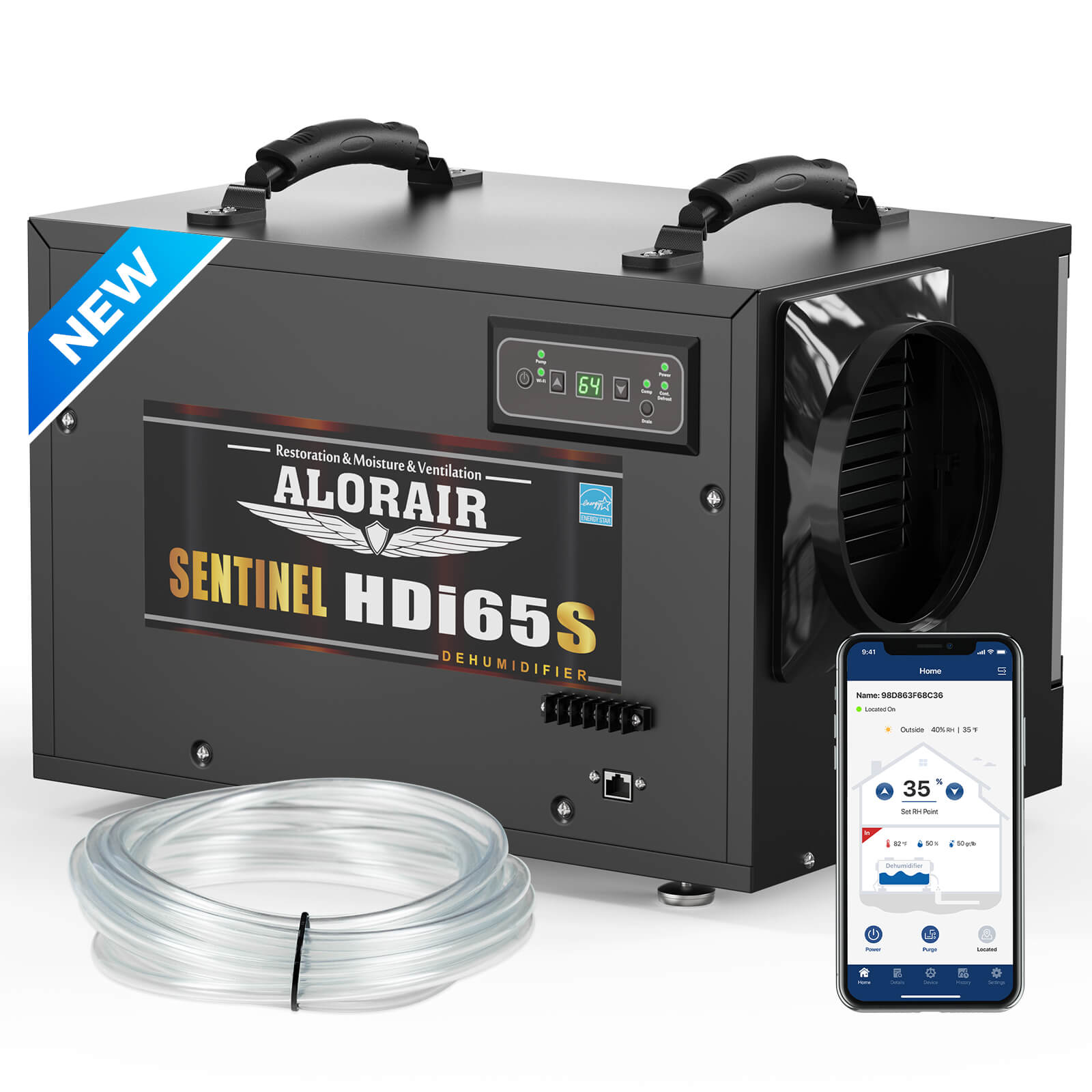
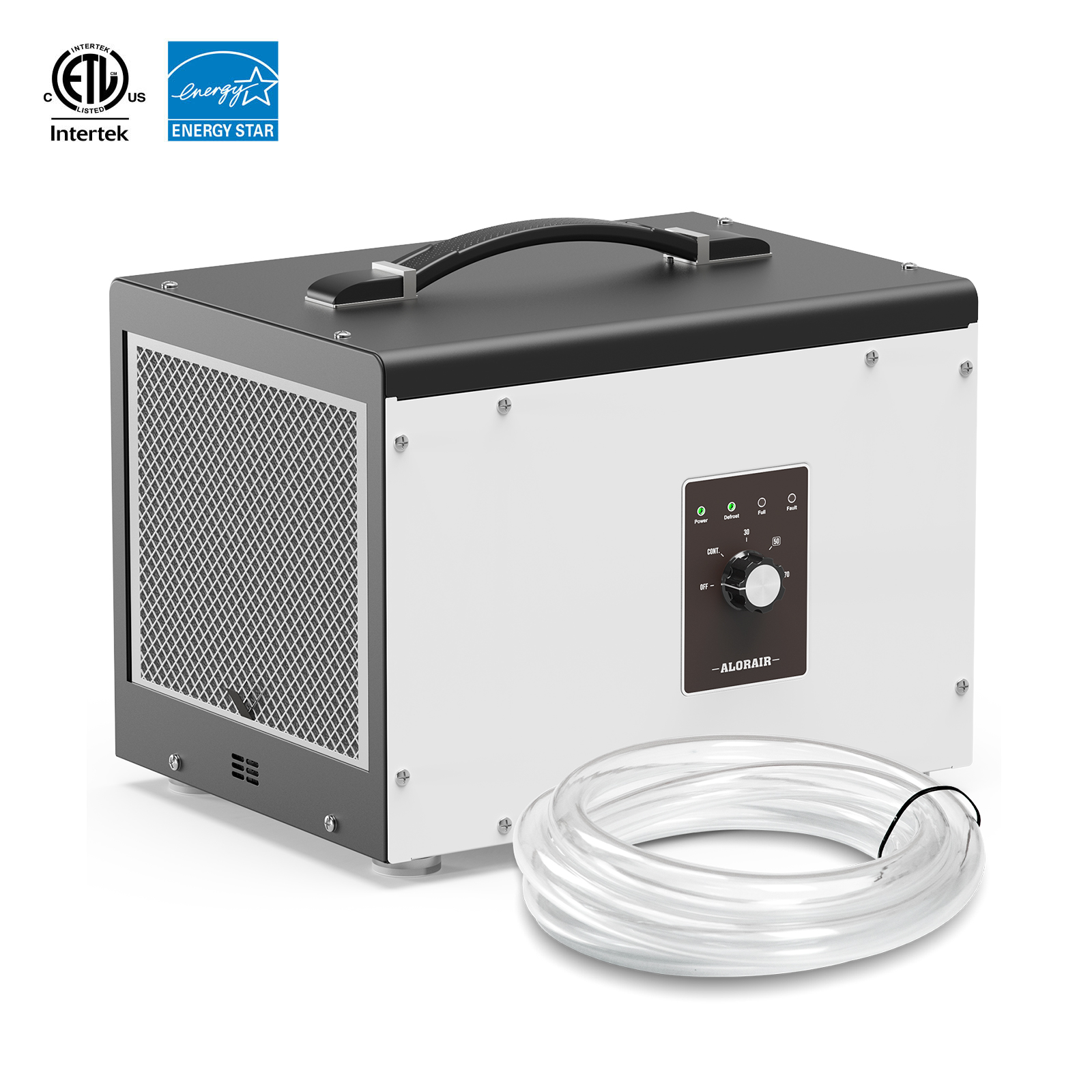
.jpg)
.jpg)

.jpg)
.jpg)
.HDi90.png)
.HD90.png)



.jpg)
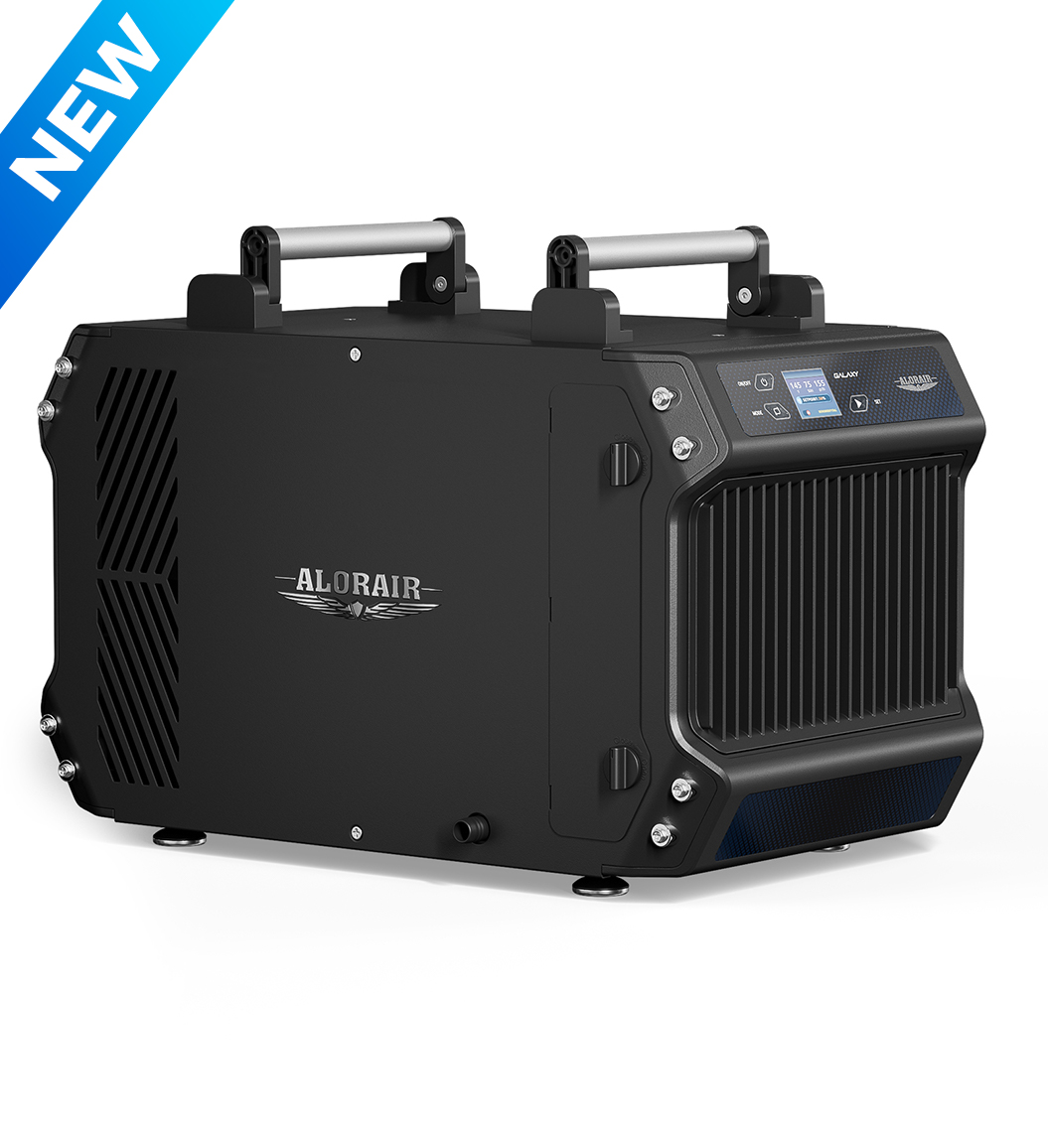
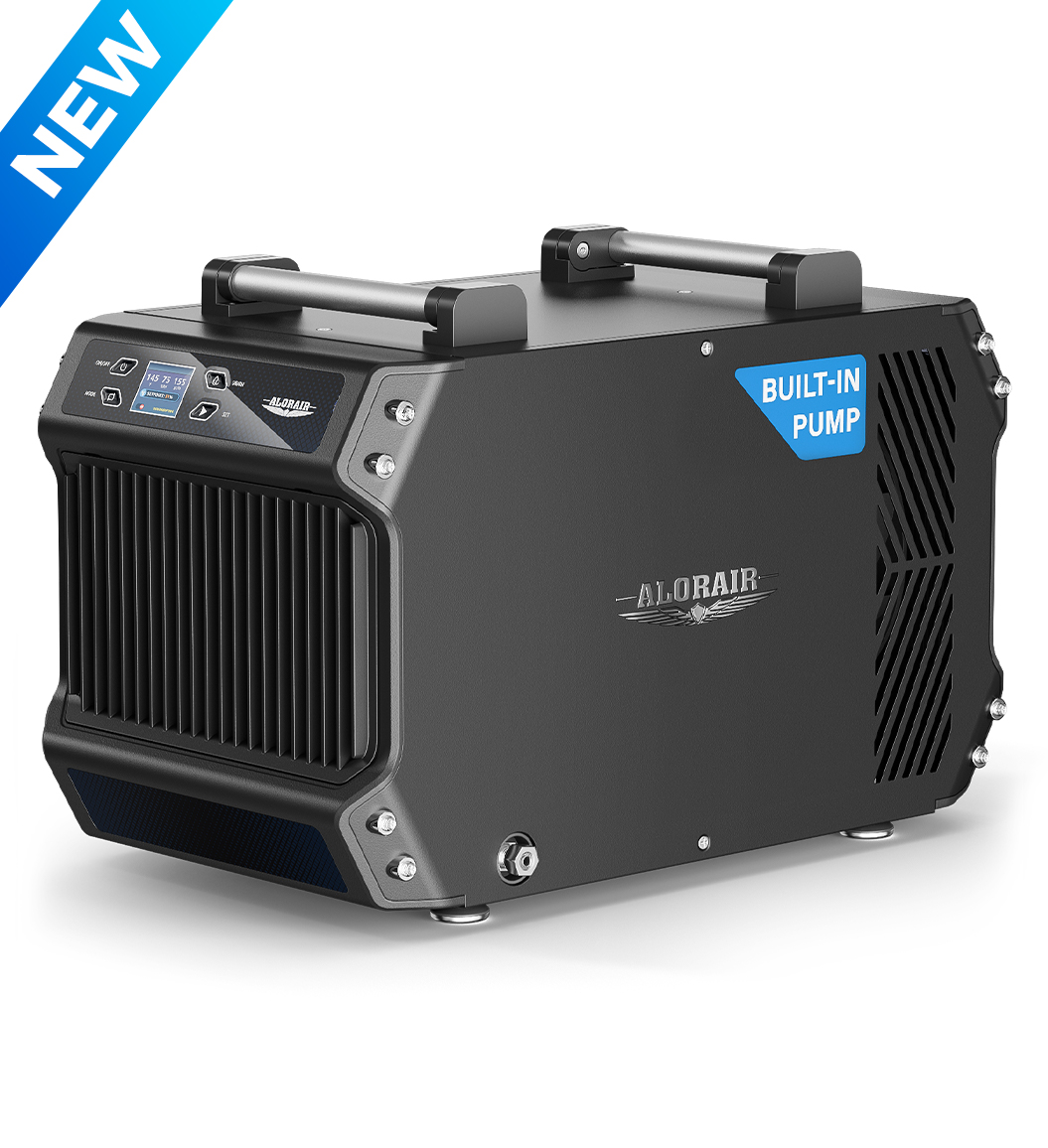




.jpg)
.jpg)
.jpg)
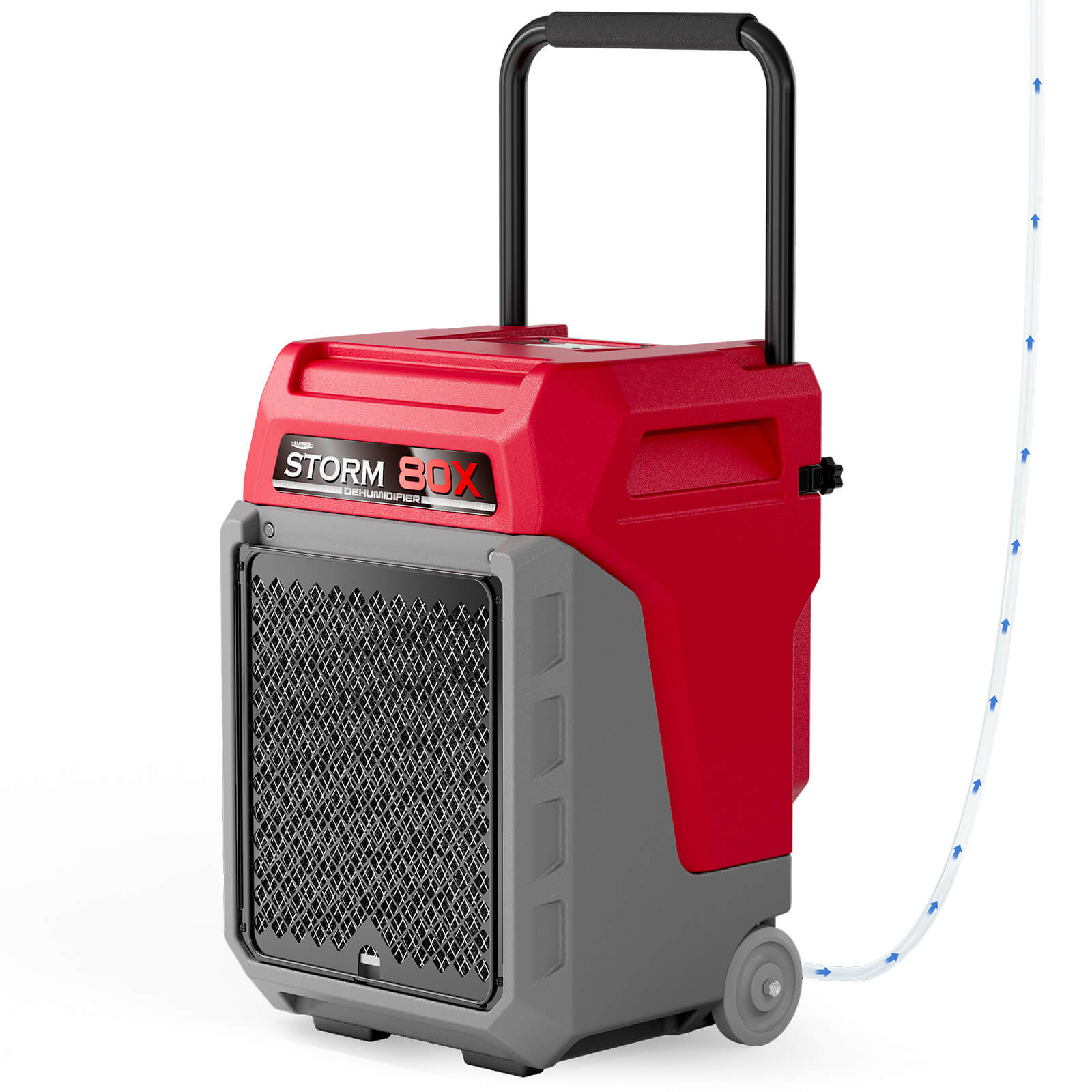


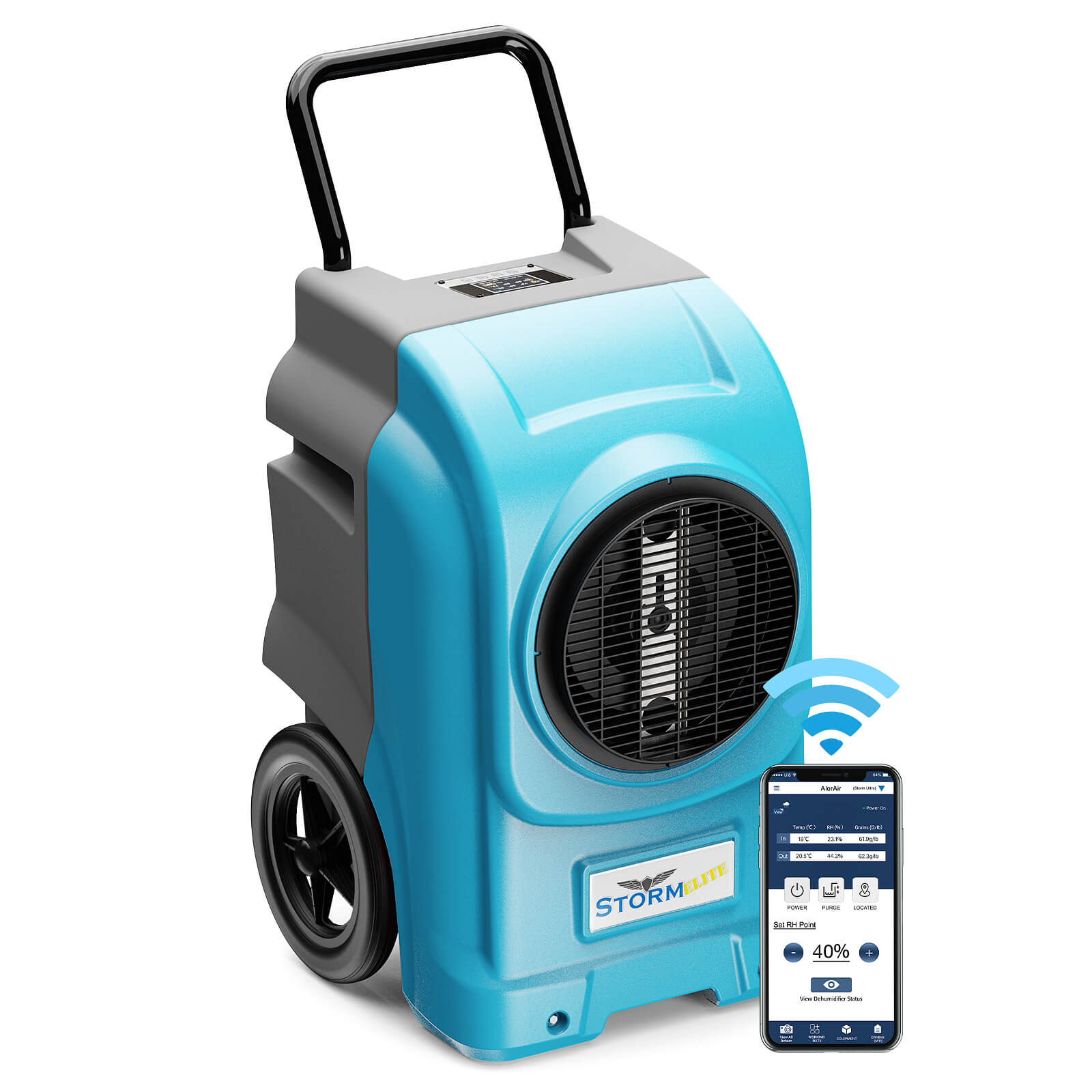

.jpg)
.jpg)
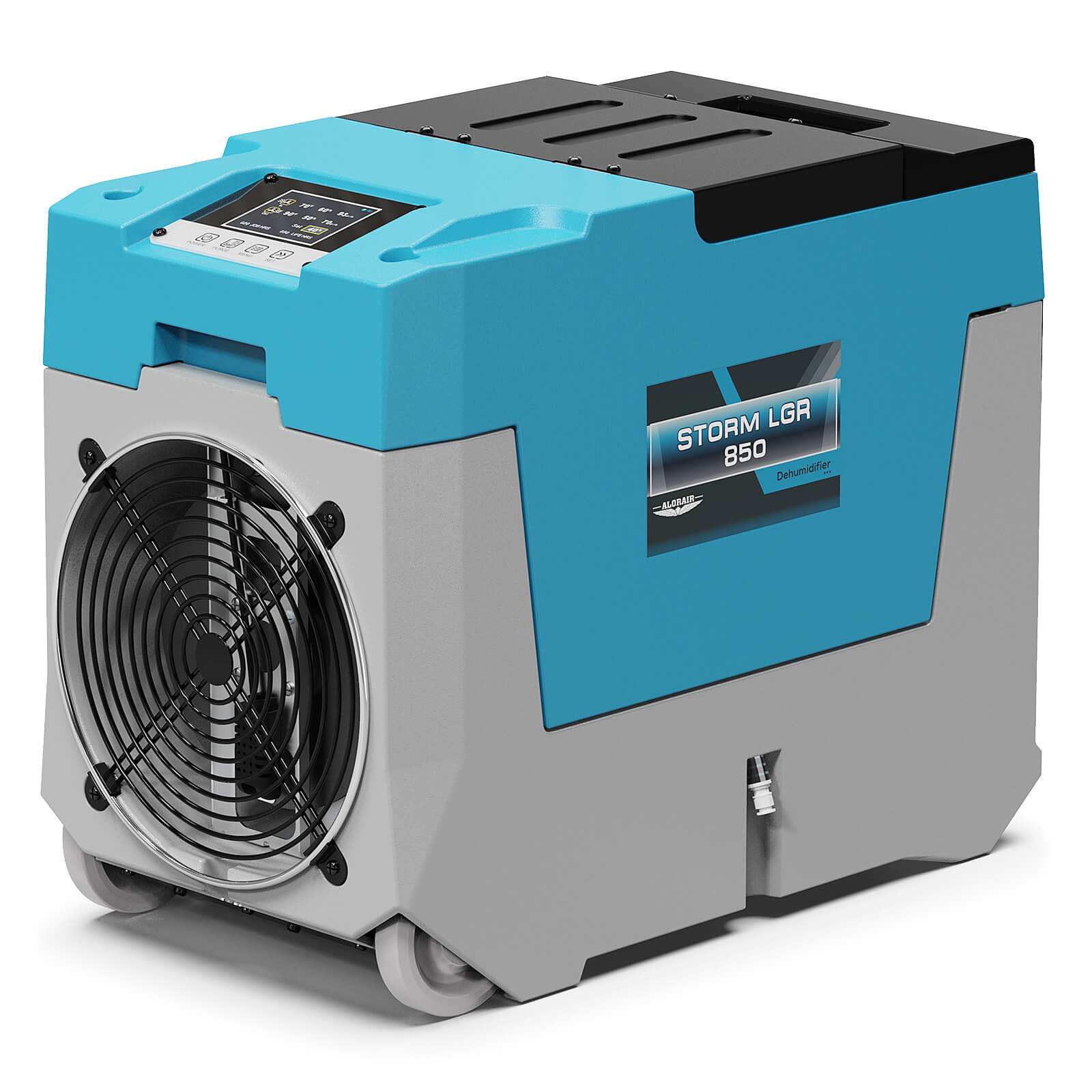

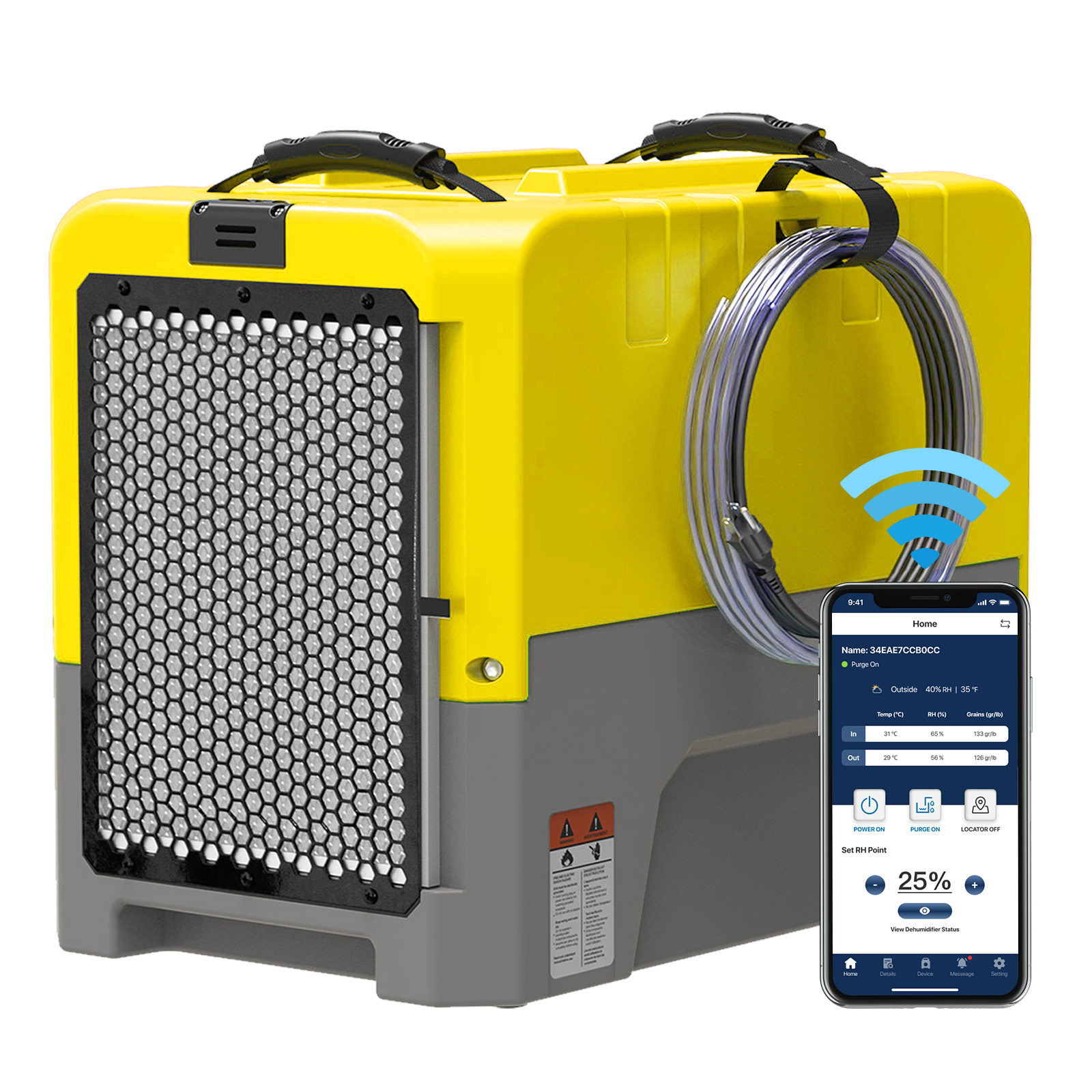








.jpg)
.jpg)








.jpg)
.jpg)










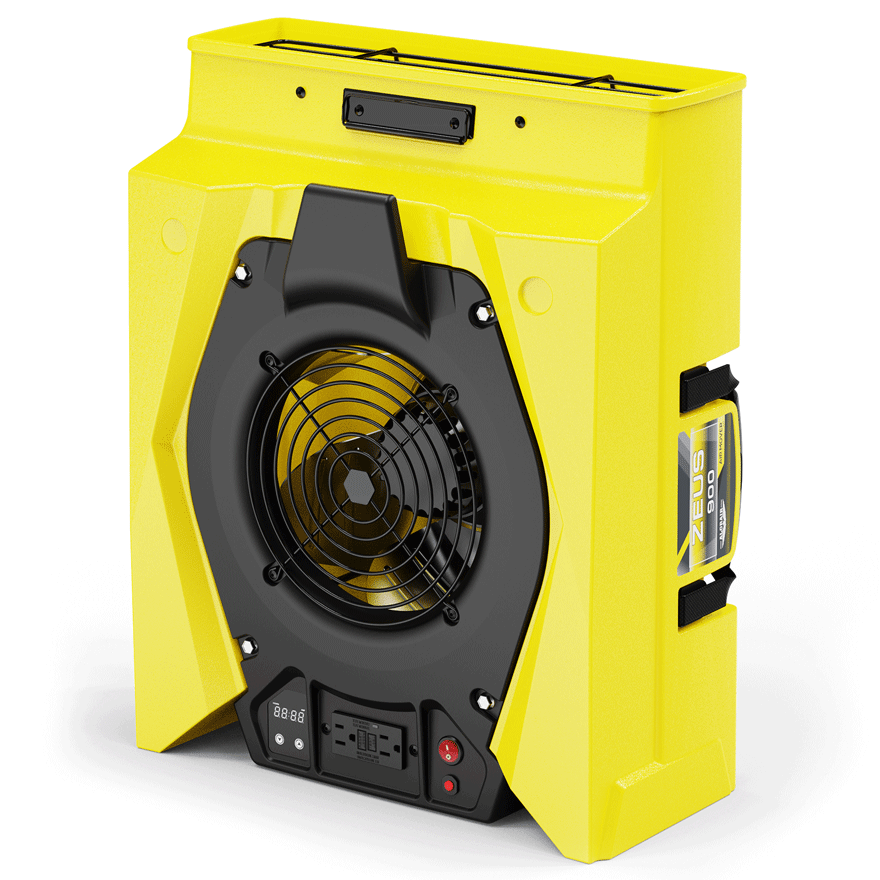
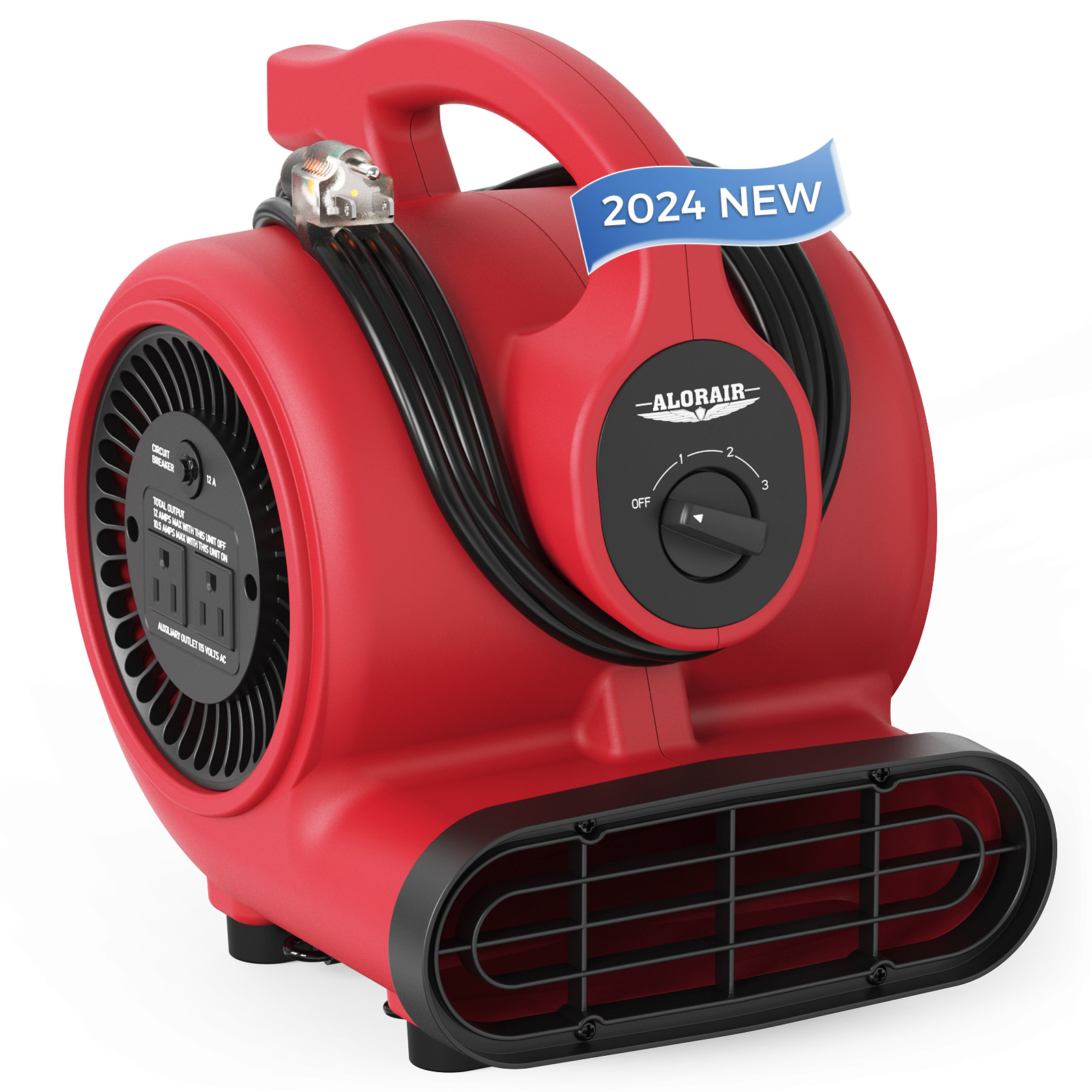
.jpg)
.jpg)
.jpg)
.jpg)
.jpg)
.jpg)
.jpg)
.jpg)
.jpg)
.jpg)
.jpg)
.jpg)
.jpg)
.jpg)





.jpg)
.jpg)
















-.jpg)
.jpg)

.jpg)
.jpg)



























 Exclusive offers
promotions
Exclusive offers
promotions

